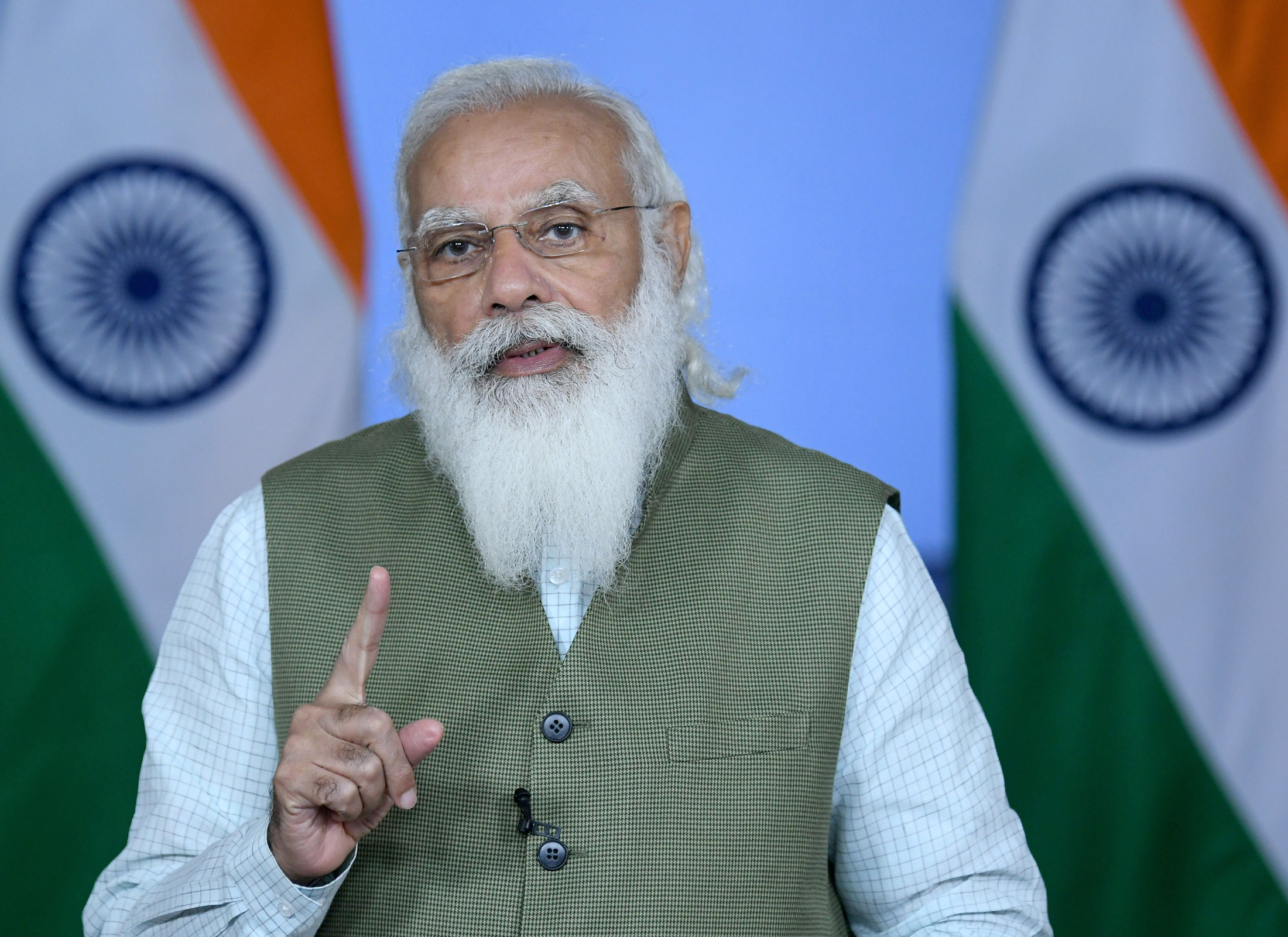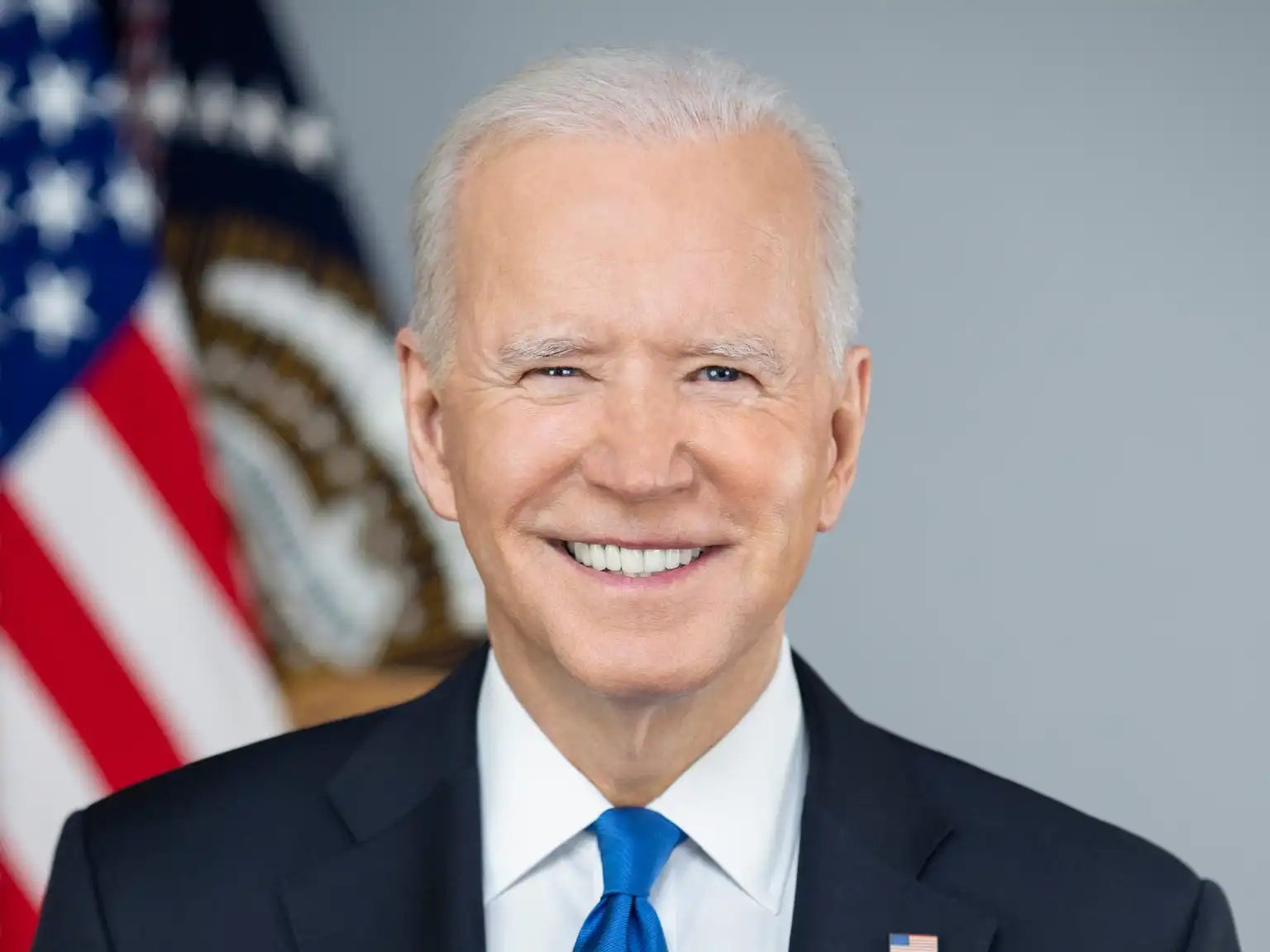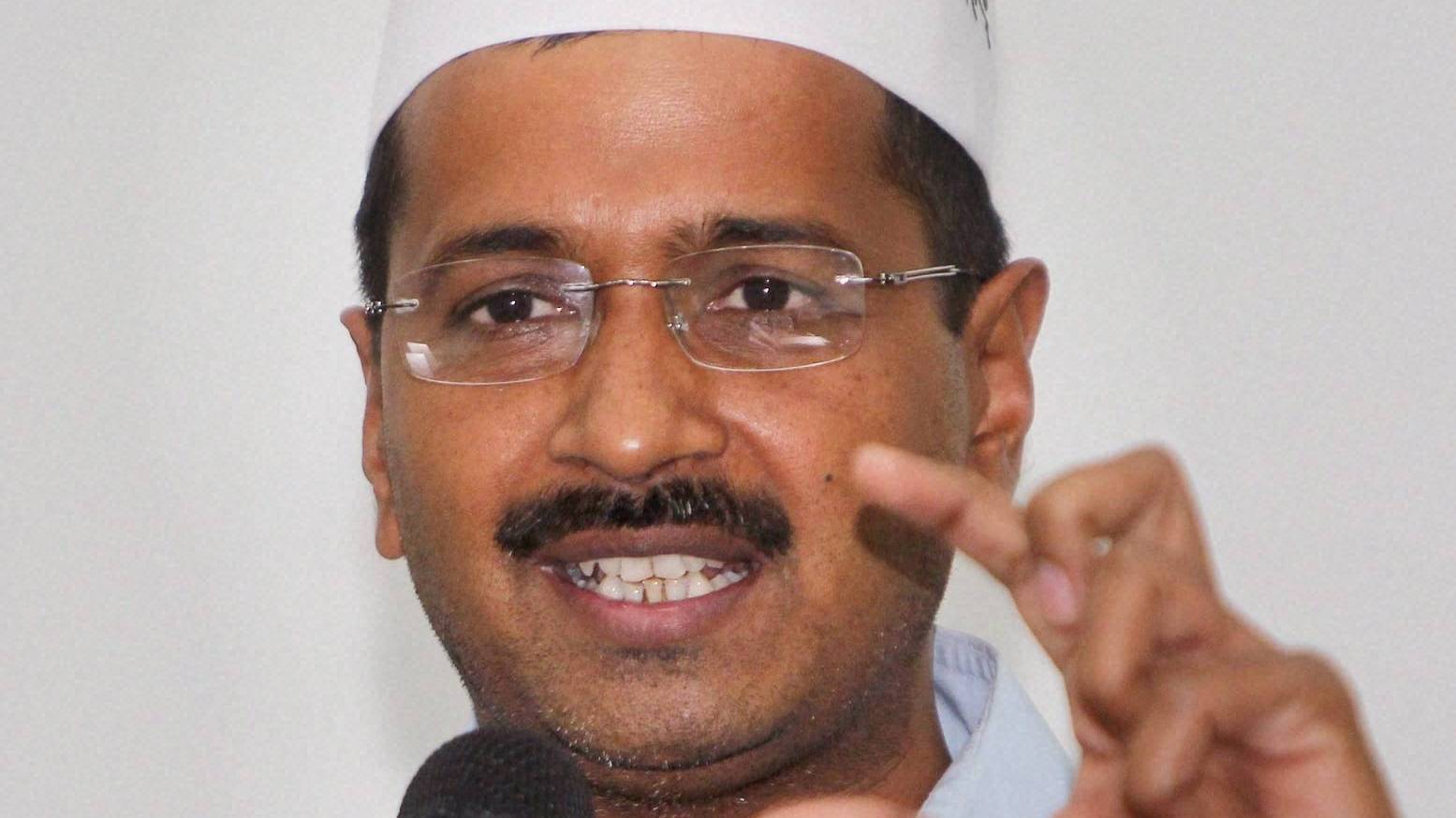Reforms bring good tidings
Anything on the economic front that could have gone right has gone right
Rajesh Dikshit | June 2, 2023 3:12 pm

Prime Minister Narendra Modi (PIB)
Sometimes, good tidings come in droves. This is one of those times. It seems that anything that could have gone right has gone right.
The economy is growing at a brisk pace; the collection of goods and services tax (GST) has been more than Rs 1.5 lakh crore every month in the last three months; manufacturing PMI hit the 31-month high in May; passenger vehicles recorded the highest ever sale in May; digital transactions, indicating the formalization of the economy, are rising; and a report by Morgan Stanley, the global financial services firm, has lauded the economic policies of Prime Minister Narendra Modi.
The recently released GDP data show that the growth rate in 2022-23 was not as bad as it was feared. In the fourth quarter of the last fiscal, growth accelerated to 6.1 per cent, leading to upward revision of expansion for the entire 2022-23 to 7.2 per cent. In the current fiscal too, India will be the fastest growing big economy, growth exceeding 6 per cent by various estimates.
The fear expressed by former Reserve Bank of India governor Raghuram Rajan a few months ago was certainly unreal. He was afraid that India was getting “dangerously close to our old Hindu rate of growth.”
The Morgan Stanley report expressed views diametrically opposed to Rajan’s. “This India is different from what it was in 2013. In a short span of 10 years, India has gained positions in the world order with significant positive consequences for the macro and market outlook,” it said. “India has transformed in less than a decade.” This could have been an excerpt from Union Minister’s speech.
The report focused on 10 major changes that India has witnessed since 2014. That included lowering of the corporate tax rate, heavy infrastructure investment, the rising GST collection, the growing share of digital transactions, direct transfer of subsidies to the accounts of beneficiaries, the Insolvency and Bankruptcy Code, flexible inflation targeting, emphasis on foreign direct investment (FDI), a new law for the realty sector, and high MNC sentiment for India. The Morgan Stanley said report also said that manufacturing and capital spending as a percentage of GDP has continuously risen. It was also optimistic about the future of exports.
The good tidings are the result of economic reforms, particularly in Modi’s second term.
While Morgan Stanley has reasons to be bullish about India, its optimism should be moderated by a few facts. One is the declining FDI, which shrunk 16 per cent in 2022-23. Manufacturing and employment generation are other big concerns.
On the whole, however, these are good times. Hopefully, these become better. A big danger ahead is the growing popularity of freebies among the political parties. If this growth is not curtailed, bad tidings can also come in troves.






























